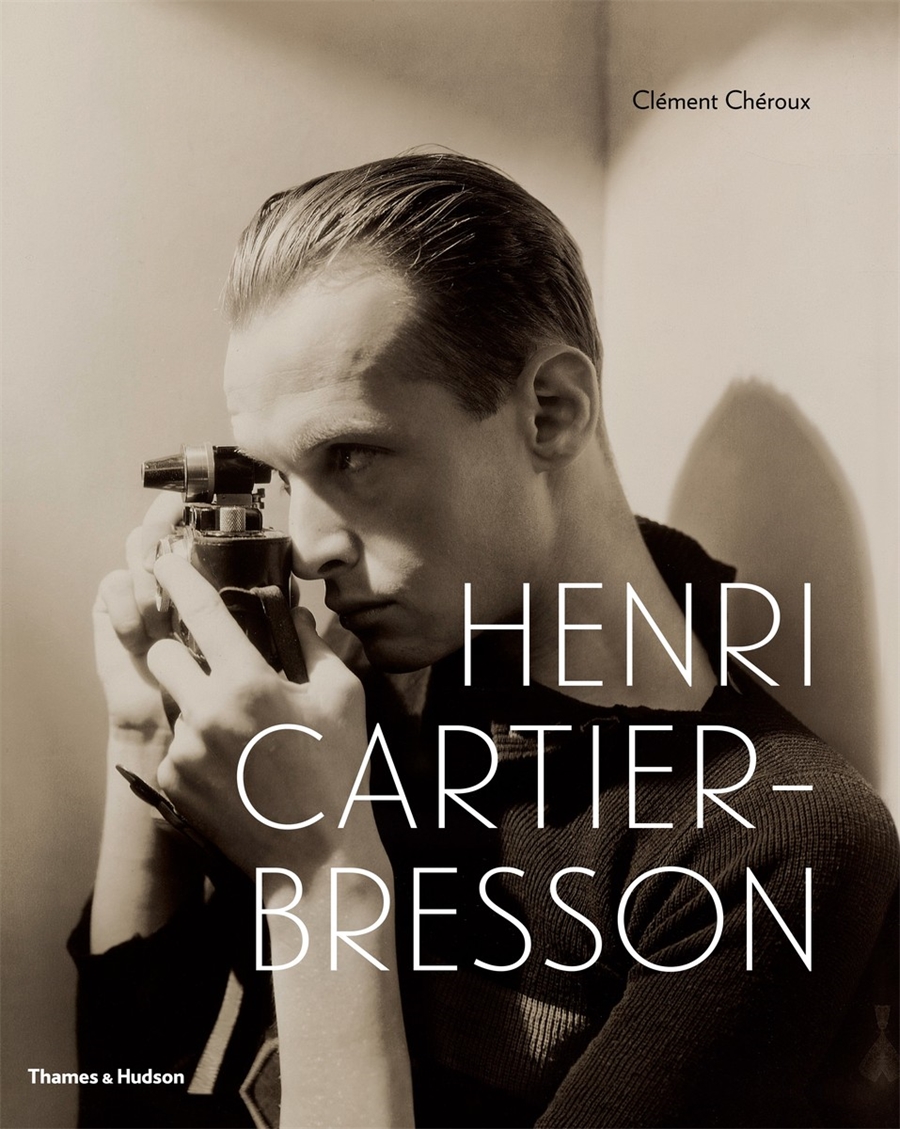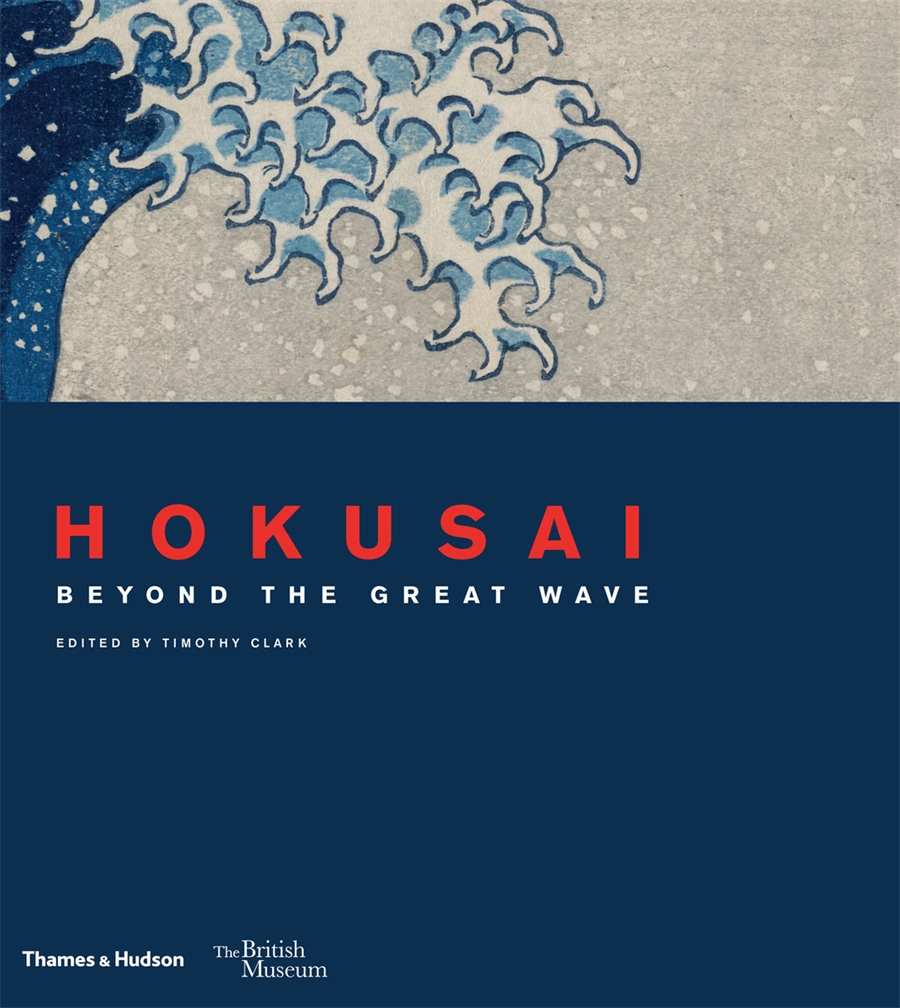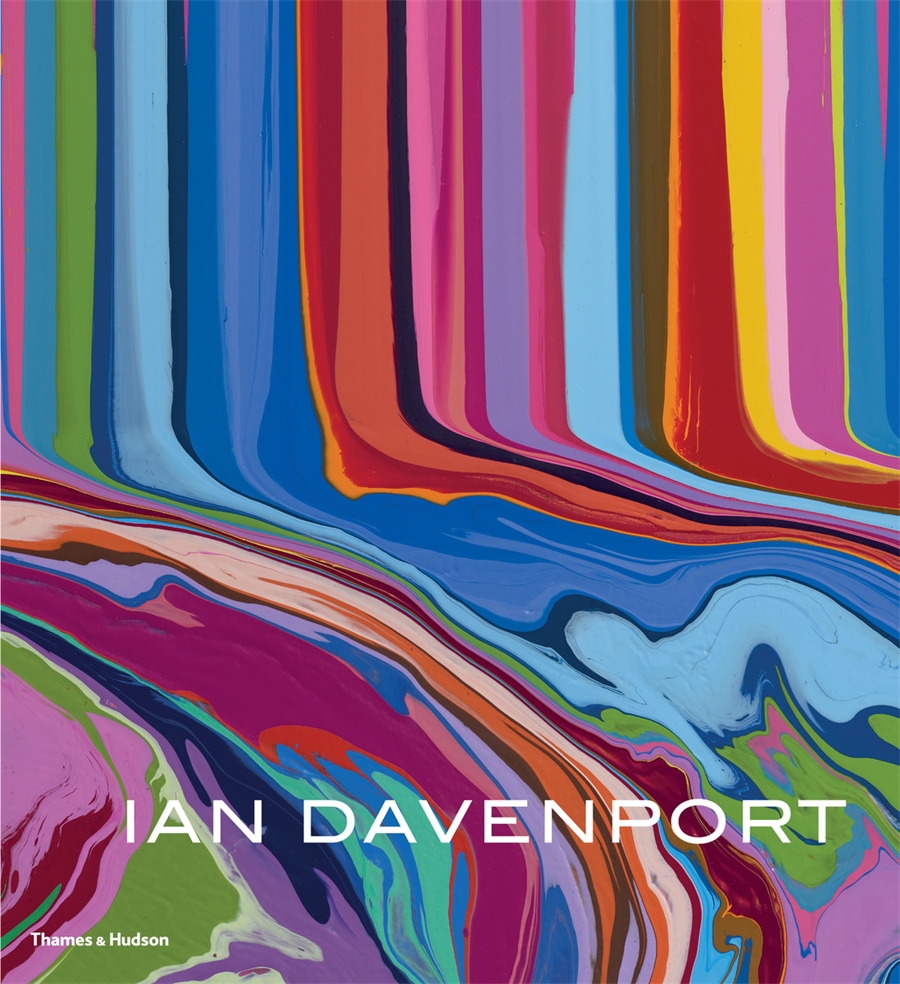Description
Dramatic depictions of human forms – writhing painfully, dissolving, wrestling or engulfing one another, seated or in motion – are ubiquitous in the work of Francis Bacon (1909-1992), one of the most eminent painters of the 20th century. Bacon portrayed the ordeal of the vulnerable, defencelessly exposed body like no other artist of his generation. His individuals are usually alone, isolated from their surroundings, trapped in empty, windowless rooms or behind the bars of cages. Bacon’s figures act on stage-like platforms, doubled over in torment, sliding into formlessness. By wiping, scratching and erasures, Bacon converted the picture surface into a field of perpetual activity – and in the process, created images of great forcefulness, sensibility and beauty.
Bacon found his models not only in the history of art, but also in photographs of athletes, soccer players, or boxers in combat. He also betrayed a strong interest in the photographic sequences through which Eadweard Muybridge, in the later 19th century, registered the phases of a path of animal movement. Such instinctively performed motions disclosed to Bacon actions of an original sensuality which he strove to capture in his pictures.
At the centre of this book, published to accompany the major exhibition at the Kunstsammlung in Düsseldorf, are about sixty of Bacon’s disturbing yet captivating studies of the human figure. Texts by Armin Zweite, Peter Bürger, Martin Harrison, Daria Kolacka, Frank Laukötter and Maria Müller offer new insight into Bacon’s radical and discomfiting images, so brilliantly reproduced here.



